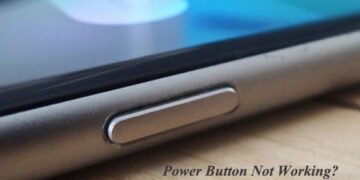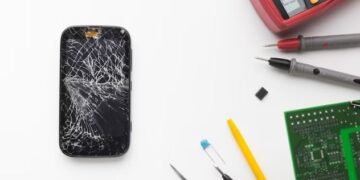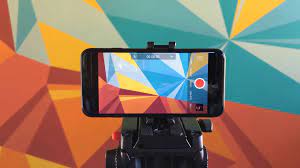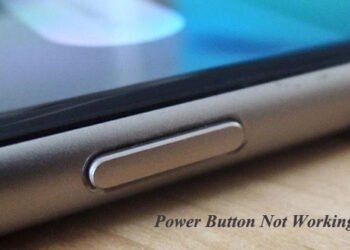If that is what is happening, the iPhone gets my vote. Not simply because worthwhile to have a little device that makes mind-blowing photos in my pocket, yet moreover because the video is radiant to record quality. Glorious in all honesty, that I’ve started not using my DSLR camera to record educational activity accounts on this site and am as of now relying just upon my iPhone.
With new twofold and triple back cameras independently, the 11 and 11 Pro add more prominent adaptability to an inside and out solid video plan. You can similarly change cameras to move away from your subject while recording. Likewise, the new iPhones shoot more sharp videos with colors that are authentic to live, and appeared differently in relation to videos from previous age Apple phones like the iPhone X ($309 at GameStop) and the iPhone XS. Investigate more educational themes on HowTat.
Continue circumspectly with how you hold your iPhone
Assuming you profoundly want to shoot video in the scene, that is fine. This is in like manner extraordinary to in a vertical course get video. Think about where you plan to post or share your accounts. In case you’re moving to YouTube, level heading works best. In case you’re posting on Instagram, vertical accounts look better. If you’re basically offering stuff to colleagues, be wary about everything. However, in case you will change several video cuts immediately, guarantee you’re holding the phone the same way for each fasten.
4K video is the best methodology
Your iPhone can record at 720p, 1080p, and 4K. For the absolute best video picture quality, the 4K objective is the best decision. If you can’t muster enough willpower to care about quality and are more revolved around how much space your phone video will take up, have a go at bringing your objective down to 1080p or 720p.
Accepting for the time being that you’re running iOS 13.2 or later, you can quickly change the objective inside the default Camera application. Basically, tap the objective and edge each second (fps) image toward the side of the camera viewfinder. You can flip through 4K, HD, and 720. On the off chance that you are keen on iPhone photography, you ought to know how to set a photo timer on iphone.
Change the packaging rate to suit your subject and where you post
The iPhone 11 and 11 Pro can shoot 4K video at 24, 30, or 60fps. Most films are shot at 24fps, giving them a consistent life sparkle. Expecting that you’re recording a video blog for YouTube or something you will post to Facebook or Instagram, 30fps is fine. 60fps is amazing for shooting practices like games, or anything with a huge load of development.
Extraordinary lighting and 60fps make your video really sharp. Right after recording video at 60fps, you can use an adjusting application like iMovie, Final Cut Pro X, or Adobe Premiere Pro to slow things down to half speed, 30fps. This will give incredible energy to the development of your recording.
Slow Speed on the iPhone Is Good, But Be Smart About It
It’s insane that you can get the sluggish development film with the iPhone 11 or 11 Pro at up to 40fps at Full HD – 1080p. Taking everything into account, accepting at least for a moment that you’re using high edge rates like this, your video needs a lot of light.
Be careful of phony lighting as it will give your drowsy development accounts a strobelike sparkle. This makes sluggish development recording irksome inside.
It’ll look mind-boggling in case you’re playing back a drowsy development video shot on your phone. Regardless, when you start watching it on a big screen like a PC or TV, you will really need to see a couple of flaws.
Expect control over auto transparency and autofocus
Accepting your video looks too unbelievable in the camera application’s viewfinder, you can diminish the receptiveness to hold people’s appearances back from changing into a mass of light. Nonetheless, to do that, know that autoexposure and self-change on the iPhone are coordinated. In all honesty, this happens as usual on most phones except for the new Google Pixel 4 and Pixel 4 XL.
To align your receptiveness, tap the show where you want to focus. Trust this is on the subject for you. A yellow focus/receptiveness square will appear. Use your fingers to slide the quality image up or down until your subject is a lot illuminated.
Not all zooming is made the same
Like most camera phones, an iPhone has both optical zoom and modernized zoom. Optical zoom is the place where the camera goes after its ordinary intensification. The iPhone 11’s essential camera has 1x intensification and the ultrawide-point camera has 0.5x enhancement. The 11 Pro has a third “fax” camera with 2x intensification. Right when you film at any of these enhancements, you get the best optical quality available.
Regardless, accepting you zoom in to, say, 1.9x or 6x intensification, you’re truly using automated zoom, which can corrupt picture quality, making it appear fragile and conflicting. Taking everything into account, I endeavor to stay at 1x, 2x, or 0.5x on the iPhone 11 Pro and 1x and 0.5x on the iPhone 11.







































































